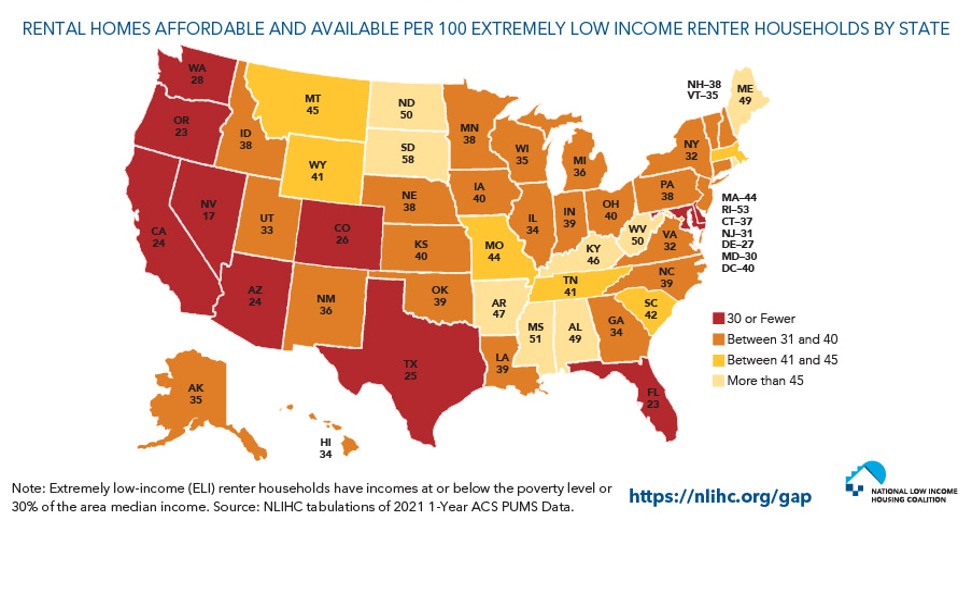© 2022 Hellix. All rights reserved.
Affordable Housing
The Case for Affordable Housing
What is “Affordable Housing”?
- “Affordable housing” is housing that is affordable to households with low incomes, meaning that these households pay no more than 30% of their income for housing costs like rent, mortgage, and utilities.
- “Low-income” is based on the Area Median Income (“AMI”) of the city or county. Typically, households are considered low-income if they earn no more than 80% of AMI.
- Households earning under 50% of AMI are considered very low-income.
- Households earning under 30% of AMI are considered extremely low-income.
Of the 44.1 million renter households in the U.S., extremely low-income renters account for one quarter, or 11 million households.*

- Eliminating the affordable housing shortage will require a long-term partnership with HUD and other federal and state agencies. We are committed to investing in and creating new affordable housing units throughout the U.S.
- Increasing the number of affordable housing units and the quality of the product will require public/private partnerships and will result in the following outcomes:
- Economic stability – job creation and the stimulation of local economies
- Social Inclusion – Diverse communities, where individuals of different backgrounds can live side by side, foster tolerance, understanding, and social cohesion, ultimately creating stronger and more vibrant societies.
- Community Development – Investments in affordable housing can revitalize neglected or blighted neighborhoods, improving property values, community infrastructure, and overall quality of life.
- Preventing homelessness – Affordable housing is a critical tool in reducing homelessness, which is not only a humanitarian concern but also a social and economic burden. Stable housing provides a foundation for individuals to rebuild their lives.
- Affordable housing is not merely a matter of shelter; it is a fundamental building block of strong, inclusive, and prosperous societies

